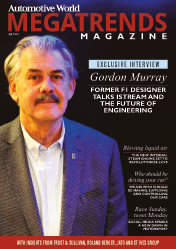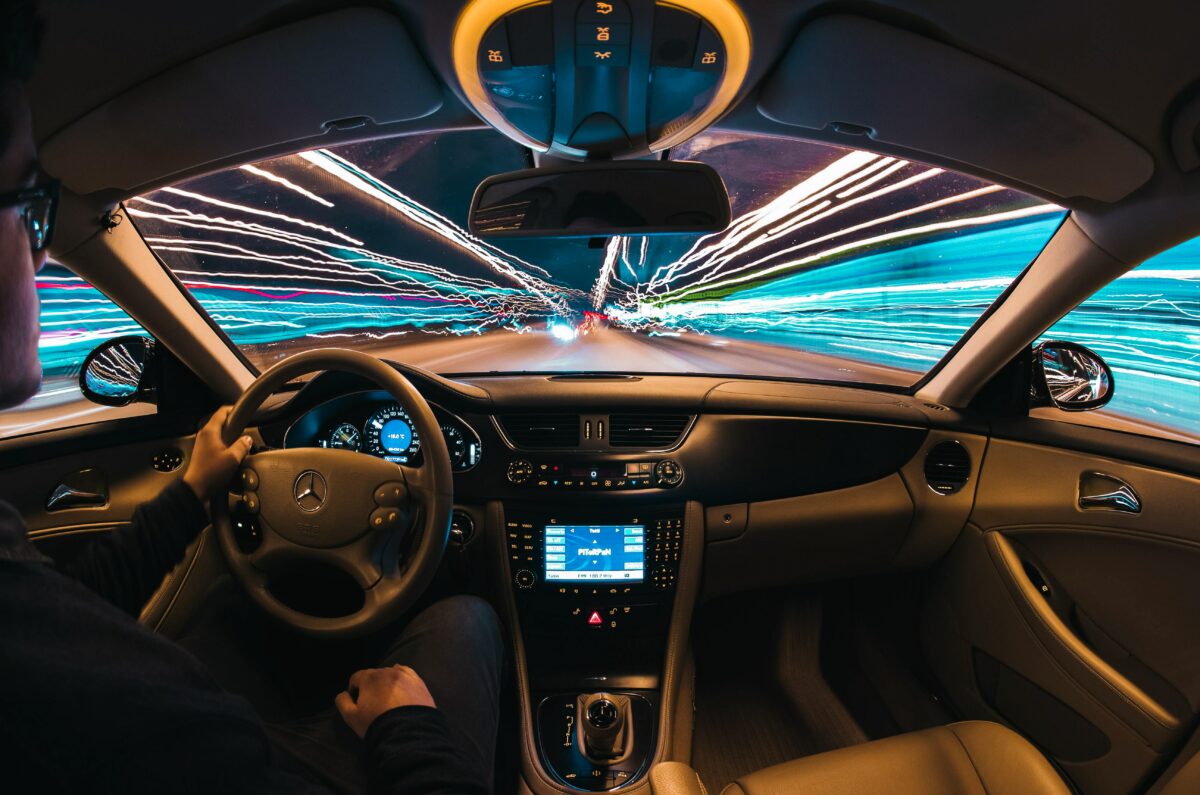This article was first published in Megatrends magazine, prior to announcements made at the 2014 International CES
Major brands such as Audi have already recognised that LTE is the future of mobile connectivity, by planning to bring LTE-connected vehicles to market as early as 2014. With improved range and connection speeds up to 100 times faster than 2G and 3G, LTE is set to enable unprecedented applications in the vehicle.
However, from an engineering perspective, LTE still presents some significant challenges. To design an effective LTE-connected car system, the industry needs to understand where LTE networks are today, where they’re going and what attributes in-car systems should have to bridge that gap.
With the ability to connect cars over LTE networks – effectively bringing wired broadband speeds to the wireless automobile – a wide range of new applications will become available in the vehicle. Services like Internet-streamed video, music and even video conferencing (used from the passenger seat or backseat, of course) are just the first that spring to mind.
These applications will benefit not only from the supercharged capacity and range of LTE, but from the much lower latency of LTE systems – latency often being the most critical factor in delivering a high quality-of- experience to the user. But the potential for LTE-connected car applications goes beyond entertainment and consumer communications. For example, superfast communications could enable new safety services, such as the ability to stream video of road conditions recorded from other vehicles in real time, or receive alerts when cars ahead stop suddenly. In theory, the LTE- connected car could become a portal for all sorts of new services.
These, and other possibilities, are generating tremendous excitement across the industry. But, whilst we may be close to realising the potential of LTE-connected applications, some important barriers remain. The biggest obstacle is the fact that it will be a while before LTE coverage catches up with LTE devices and applications. Operators around the world are busy deploying LTE networks and, according to the Global Mobile Suppliers Association (GSA), 456 operators in 134 countries are now investing in LTE, making it the fastest-growing mobile system rollout in the history of the industry.
Sporadic coverage
For a while to come, there will be plenty of regions where LTE is restricted to high-density pockets of coverage, separated by large areas of 3G or even 2G service. Vehicles frequently cross borders and therefore may need broad roaming capabilities to avoid losing connections. Thus an LTE-connected car needs advanced multi-mode capabilities, this means radios for 2G, 3G and 4G technologies, usually in multiple band combinations…
 This is an excerpt of an article which was first published in the Q4 issue of Megatrends magazine, to continue reading, simply download your free copy and turn to page 54.
This is an excerpt of an article which was first published in the Q4 issue of Megatrends magazine, to continue reading, simply download your free copy and turn to page 54.
Olivier Pauzet is VP of Marketing and Market Strategy at Sierra Wireless.



